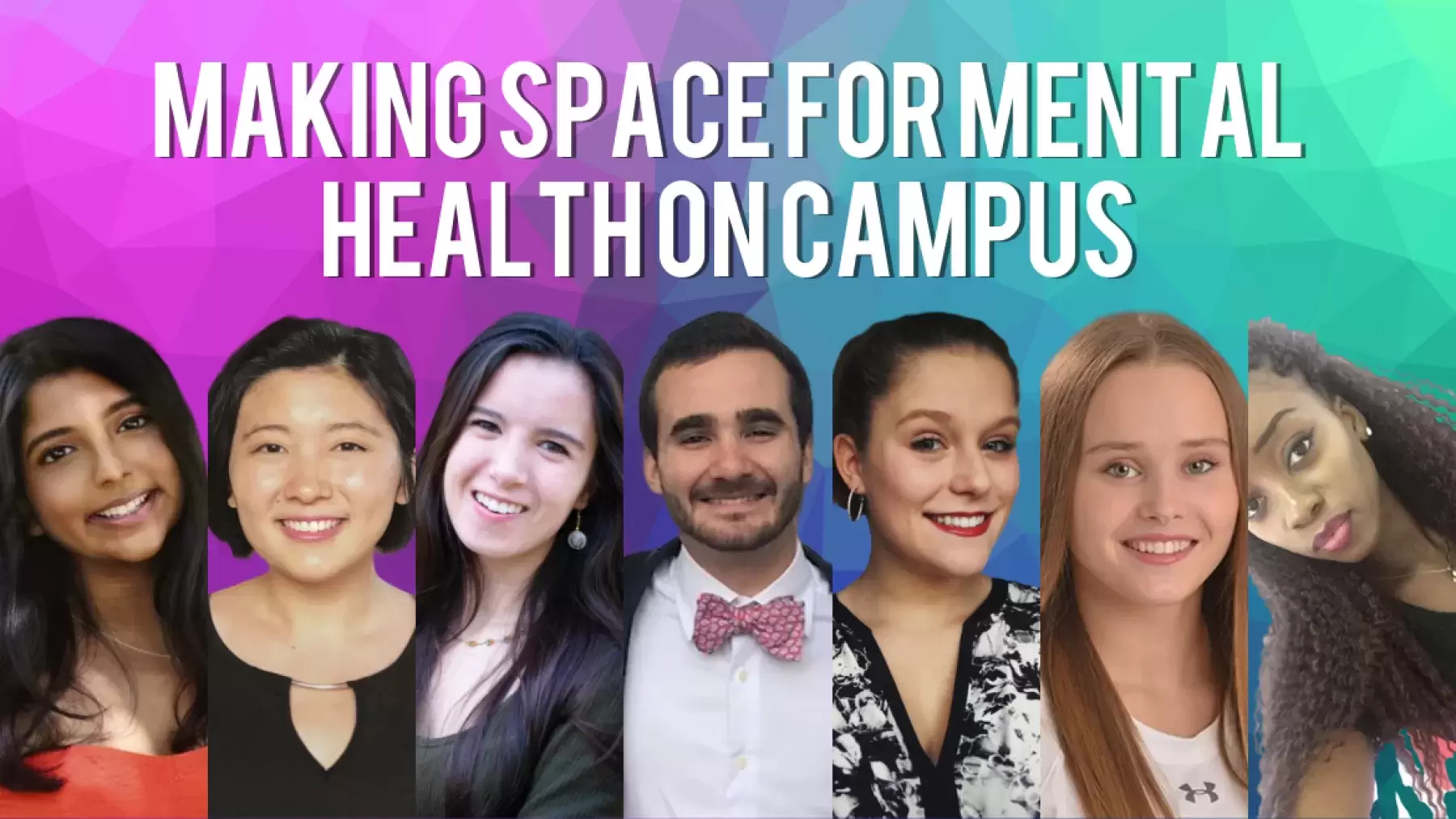
By Kelly Davis, Director of Peer Advocacy, Supports, and Services at Mental Health America
My experience as a college student was similar to the stories I now hear from students across the country. I came to school with a significant history of mental health challenges and treatment, yet there was no plan or resources for a smooth transition. When I reached a crisis where I felt pressure to withdraw or even drop out of school, it was disability accommodations and access to often cost-prohibitive resources that helped me scrape by enough to stay enrolled. Even with these resources, I knew that what we were doing on campus, and an ongoing focus on more traditional services and awareness campaigns, would not be enough to ensure inclusion and support student mental health and wellbeing.
Peer support, an emphasis on disability accommodations, information from others with lived experience, and education and self-help tools were lacking on my campus and made key differences in my life and future. I thought I was the only one with these struggles, yet, the more I talked to other students, the more I found others who felt the same. Yes, traditional resources are important for those who want and need them, but a broader shift to more inclusive campuses with student-led programs and student-driven strategies for engagement were key to making colleges as accessible as possible.
In 2017, I led the development of Mental Health America’s (MHA) Collegiate Mental Health Innovation Council (CMHIC) to identify the student leaders from across the US who understood these challenges. By identifying individuals who created programs to fill gaps on their campuses, the goal of CMHIC is to expand their programs and share information with students from other schools who may want to do something similar.
Last year, the group focused on peer support, disability supports, and technology for our first annual CMHIC report. This year’s cohort expanded this focus to mental health across different campus communities, formalized peer support programs, anytime and drop-in resources, and disability cultural centers. The creativity of student approaches makes it clear that students know not just what their peers need but also how to engage them.
This report continues MHA’s long history of promoting the voices of lived experience and our belief that people most impacted by issues can and should be at the forefront in addressing them. Old assumptions about what works and where power should lie are not keeping up with what students want and need. I am grateful to work with students who are taking leadership to transform higher education for their peers so that anyone, regardless of their mental health history, can be included and thrive on campus. Both the needs and stakes are high for campus mental health. It is time for all of us to listen.
In addition to reading this year’s report, stay tuned for video interviews with members of the 2018-2019 CMHIC cohort that will be released weekly. Click here to access the report.




